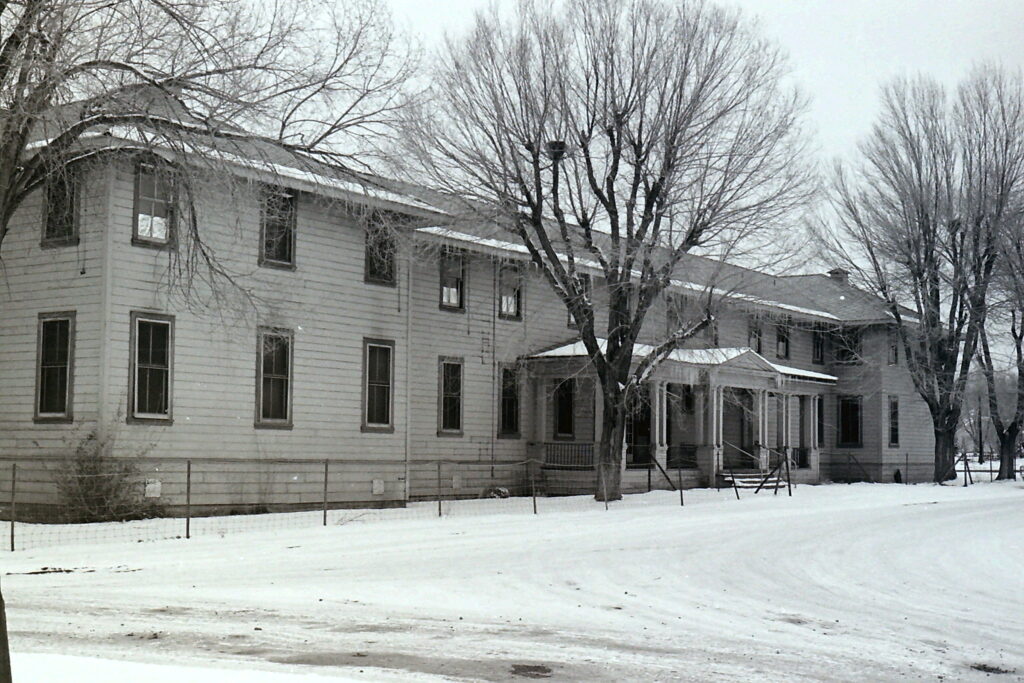April 7, 1999
The following is an article by Fran Thiercof. It originally appeared in The Carlin Express newspaper. It is being reprinted here with permission from the editor-in-chief, Ruth Hart.
It’s hard to imagine this town without the railroad as the central industry. I mean, everybody and everything revolved around the railroad. It was vital to all of us. The Beanery, yard office, round house and express office, huge building, don’t exist now. I see them very clearly in my memory of downtown Carlin.

The Beanery was a large two-story building where the Mile Post is now. It took up almost the entire block. The Mormon Church was on the very corner, the rest of the block was S.P. Property. The Beanery housed a restaurant and a hotel, barber shop and gift shop. It was a nice place to go for dinner, it was well maintained and clean, and most of all, reasonable.
The Yard Office was across the street from where Garcia’s is now. It was another large building housing the telegraph office, offices of S.P. personnel and where crews went to check out their status. Dr. Eastman’s office was also there, with a side entrance.
The Roundhouse was behind the Beanery, quite a ways back, and here is where work was done on the engines. There was a huge round cement lined pit, so they could be turned and headed in another direction if need be. There was also large “barns” where engines were kept and worked on. There was a building where sand was stored, I guess as a fire deterrent, I’m not sure. High school boys went to work here as soon as they turned 16 and many never tried to work anywhere else. The money was good, but the hours were difficult at times. There was a story about a couple of young kids that were working in the roundhouse after school and it was winter and they were in the sand house sleeping. One work up and said they’d better be getting home. The other replied, “Oh heck, Ray, lay down and work another hour.”
Another part of this downtown complex was the express office. It was across the street from the City Club and had a very large platform completely around it. This was used primarily for stacking large items to be shipped by freight. Mr. Puryear was the man in charge when I was in seventh or eighth grade. Sheepherders brought their huge bags of wool here to be shipped out after the shearing. They’d be piled three or four deep on this platform. It was great fun to jump around on them. They didn’t give much but they were kind of soft.
Mr. Puryear had been a drum major in his younger years and taught me several really neat tricks with a baton. I used those tricks for many years, when I was a majorette and taught them to others.
